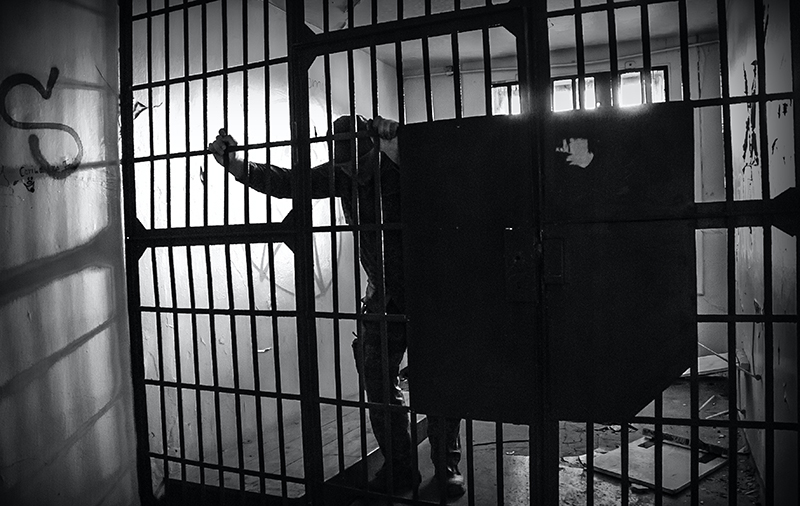Armed with reports of low recidivism rates – and apparently ignorant of California’s own recidivism statistics (except to say they are too high) – Gov. Newsom made reducing recidivism a focal point of his 2023 State of the State tour where one of his first stops was San Quentin Prison. At San Quentin, Newsom pledged to spend $20 million towards replicating the success of the Norwegian model in California.
So, what is going on with Norway’s criminal justice system? What lessons can we learn in California? And what are they doing that should not be applied to California? This three part series will analyze Norway’s system, along with the dangerous motivations for those who are pushing Norway-style reforms in California.
How is Norway’s Corrections System Different from California’s
The Norwegian Correctional Service currently serves 3,772 inmates and operates 58 prisons that are dispersed along its 1100-mile coastline in keeping with their strategy of housing inmates close to home. Those inmates live in 33 prison units that include 3500 cells, 70 percent of which are considered high security facilities. Simple arithmetic shows that the average Norwegian facility houses under 100 inmates.
Norway boasts low recidivism rate yet has a higher crime rate/per capita than California – more on that later.
Conversely, California’s Department of Corrections and Rehabilitation (CDCR) serves 95,600 inmates and operates 33 prisons that include medical facilities, conservation, rehabilitation, and training facilities. California also operates 56 county jails with two counties contracting with neighboring counties due to their small size. County jails also house the so-called triple-non offenders who are felons convicted of non-serious, non-sexual, and non-violent crimes. This is consistent with the intent of AB109 to keep inmates close to home – like in Norway.
The CDCR is currently implementing a program known as the “California Model”. Pilot facilities are Valley State, Central CA Women’s Facility, Salinas Valley and the CA Medical Facility.
So why San Quentin and why now?
Governor Newsom Appoints Commission – What Are Their Motivations?
Gov. Newsom has created a “San Quentin Transformation Advisory Council” that has been tasked with “harnessing the expertise of distinguished criminal justice, public safety, and rehabilitation professionals, along with justice-impacted individuals, representatives of crime victims, and survivors.” In reality, the Council is mostly a collection of prisoner rights groups and progressive justice advocates who hijack the terms “victims’ rights” and “reducing victimization” as a by-product of their efforts to reduce incarceration through de-criminalization, de-incarceration, and de-legitimizing the justice system that has caused increasing crime. They have a track record for bamboozling voters with initiatives like the Safe Neighborhoods and Schools Act (Prop 47) and the Public Safety and Rehabilitation Act of 2016 (Prop 57), which have done nothing to make Californians, much less neighborhoods and public schools, safer.
One of the main proponents of the Norwegian model is Californians for Safety and Justice, whose website offers a 10 Point “Victims Agenda” that points out California spends 80 times more on prisons than victim services. However, they miss the point that incarcerated prisoners are prevented from further criminal predation by the very fact they are incarcerated, which is perhaps the ultimate victim service. They conclude with a call to increase the state Crime Victims Fund by $115 million in the state budget.
Any help would be welcome, but their policy agenda is really one meant to assist charged and convicted criminals through such proposals as bail “reform,” criminal conviction reclassifications, and changes in criminal procedures to allow lesser “related” offenses to be considered during jury deliberations.
Norway Compensates Crime Victims Far More Than California
In 2021, for their suffering, California offered just $52.7 million in victim survivor benefits. Most victims make no claim. Of those whose claims were reviewed by the California Victim Compensation Board, or CalVCB, roughly 30,000 victims out of over one million crime victims received payments. The CalVCB makes prominent mention of $5 million having been paid to a small handful of inmates who were wrongfully convicted and now qualify for $140 per day for their period of incarceration. For example, a wrongfully convicted inmate who served 5 years in custody would be paid $255,500.
For the rest of California’s crime victims, CalVCB is not so generous. According to their website, victims of the Gilroy Garlic Festival mass shooting averaged receiving $1,996 per claimant, while California victims of the 2017 Las Vegas mass shooting averaged $3,630. In 2022, Cal Victims proudly rolled out increases for crime scene cleanup costs and funeral expenses stating “the budget raises the limits for three types of expenses for the first time in 20 years. The limit for:
- Funeral and burial expenses increased from $7,500 to $12,818.
- Relocation expenses increased from $2,000 to $3,418.
- Crime scene cleanup expenses increased from $1,000 to $1,709.
The boast is only matched by its bureaucratic insensitivity and parsimony.
In Norway, victims’ families and survivors of the notorious mass killer Anders Brevik were eligible to receive over $500,000.00 in compensation as are ALL victims of violent crime in Norway. this is a difference Governor Newsom may be unaware of.
The goal of any criminal justice system should be public safety and the corrections component of that system is primarily responsible for securing that safety through the incarceration and conduct of those arrested and convicted of crimes, both while they are in custody as well as their conduct while on probation or parole.
Steve Smith is the author of the brief on California’s growing crime problem, “Paradise Lost,” and is a senior fellow in urban studies at the Pacific Research Institute.

